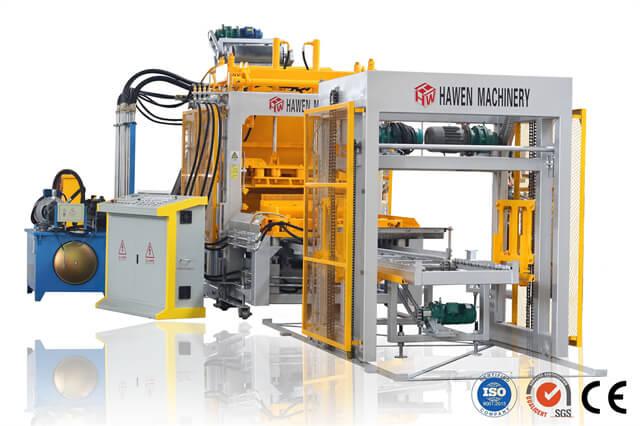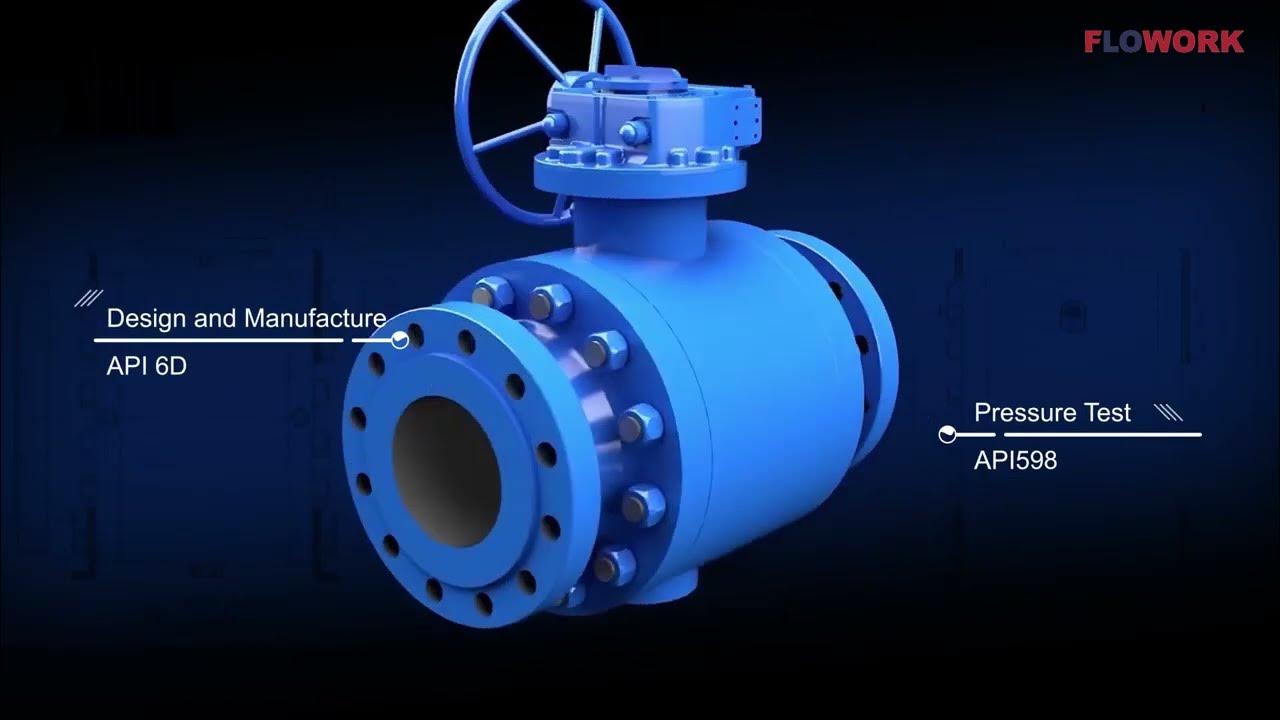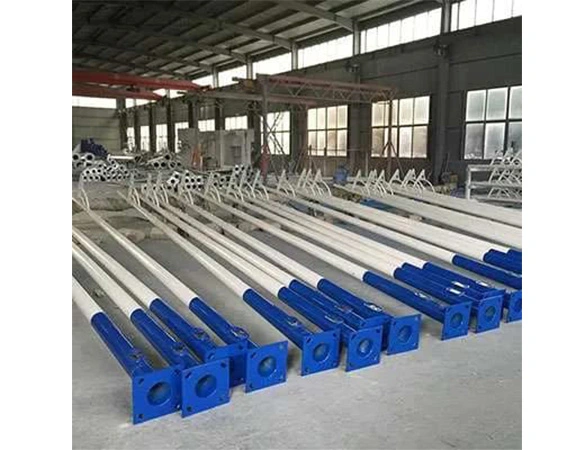Overview
Basic Info.
Model NO.
240126-9041
Material
Polyester
Age Group
Adults
Feature
Portable, Wearable
Knitting Method
Stitch Knitting
Pattern
Plain Color
Usage
Home, Travel, Airplane, Picnic
Product Name
Factory Top Quality Warm Cozy Wearable Blanket
Weight
1-1.5kgs
Package
Ribbion with Colorcard, Vocuum Packaging
Sample Lead Time
3-7 Business Days
Production Time
15-35 Business Days After Confirmed Order
Transport Package
by Sea, by Railway, by Express, by Air.
Specification
Audlt size, Kids size, 100% polyester
Trademark
Aiyisha
Origin
Zhejiang
HS Code
6110300090
Production Capacity
20000 Pieces Per Month
Packaging & Delivery
Package Size
42.00cm * 35.00cm * 58.00cm
Package Gross Weight
15.000kg
Product Description
Product Description
Plush Hoodie blanket Flannel blanket Hoodie One Size Fit All,Warm, Soft, Cozy Sherpa Blanket Sweatshirt, Men Women
* Size: 47.2×66.9inches. Made from ultra-soft fleece and lined with ultimate in warming Sherpa!
* Most comfortable oversized hoodie that combines the warmth of a cozy blanket with your favorite hoodie.
* It’s reversible so you can choose your favorite look. There’s even a big, roomy pocket to keep what you need right at hand!
* Plush Hoodie is one size fits all to keep you cozy & warm from head to toe! Whether you are relaxing on the couch, running errands, or outside cheering on your favorite team, Hoodie will keep you warm and toasty!
|
Product Type:
|
TV Blanket
|
|
Material:
|
Flannle fleece and sherpa
|
|
Technics:
|
woven,dyed,stitching,composite
|
|
Feature:
|
Eco-Friendly, Wearable, Machine Washable
|
|
Color:
|
Many solid color and pattern for you choose,and also accept customized color and design
|
|
Size:
|
we have super long,normal,kids,and baby,these four size.Suit to different client.
|
Detailed Photos
Packaging & Shipping
Company Profile
Certifications
FAQ
Q: What’re your products’ advantages?
A: Fashionable and popular design;High quality and Competitive Price.
Q: How to control the products quality?
A: Check and confirm all material and details before the bulk production;Tracing all of the phase of production from the beginning to the end;Check the quality again before packing and shipping.
Q: Can I have my own customized product?
A: Yes. Your customized requirements for color, logo, design, package, carton mark etc. are very welcome.
Q: Can I get any discount?
A: The price is negotiable, we can offer you discount according to your order quantity.
Q. What information should I let you know if I want to get a OEM & ODM service?
Customized is welcome
1, Private label , logo (woven , print, embroidery etc)
2, Material and stuff (if have)
3, Special thread color
4, Quantities
5, Other special style: size, packing customization , design service
Please send us some pictures and designs for checking if possible so we can do best as your request.
&




